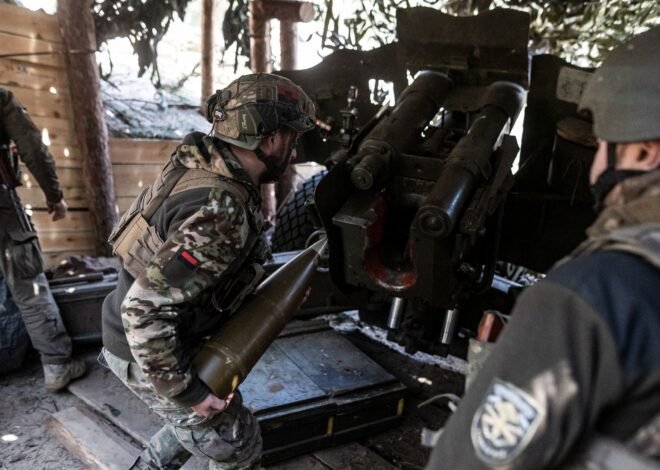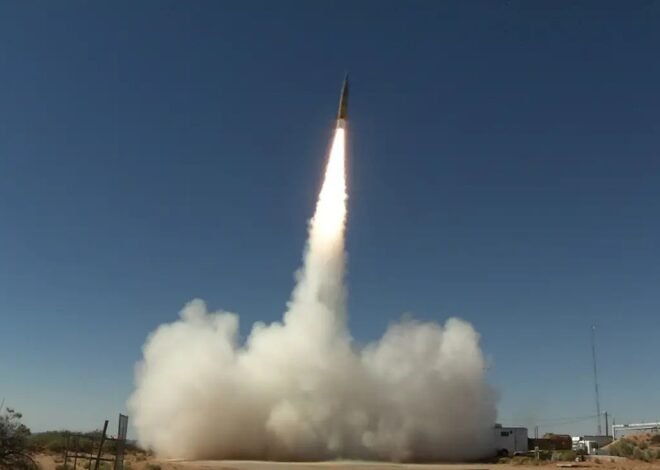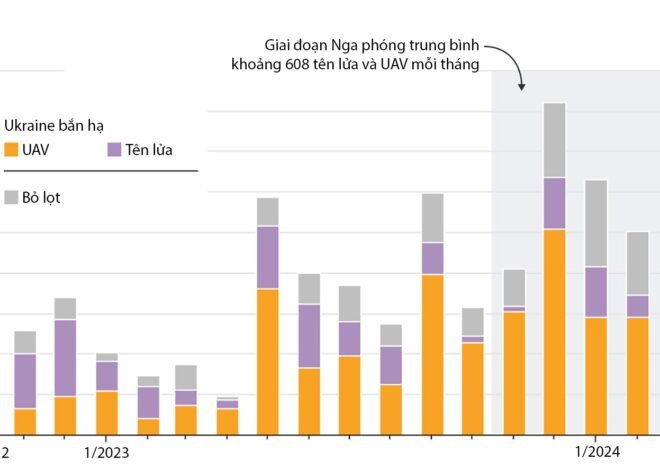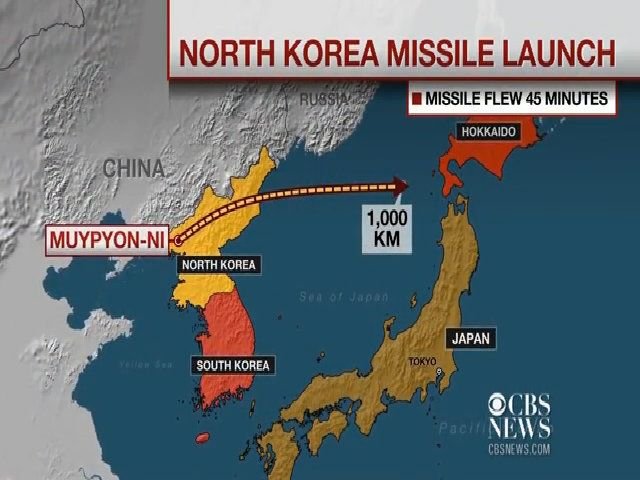
Four key components on North Korea’s intercontinental missile
North Korea’s second ICBM could hit New York
Flight path of the Hwasong missile on July 28
North Korea on the night of July 28 launched its second Hwasong-14 intercontinental ballistic missile (ICBM).
John Schilling, America’s leading missile expert, after studying the four main components on the country’s ICBMs, believes that Pyongyang has made many strides compared to the first Hwasong-14 launch on July 4, according to Popular
Atmospheric re-entry vehicle
One of the most challenging stages with intercontinental ballistic missiles is re-entry into the Earth’s atmosphere (reentry).
The ICBM’s reentry vehicle must include a heat shield designed to burn and vaporize, protecting the remainder of the warhead.
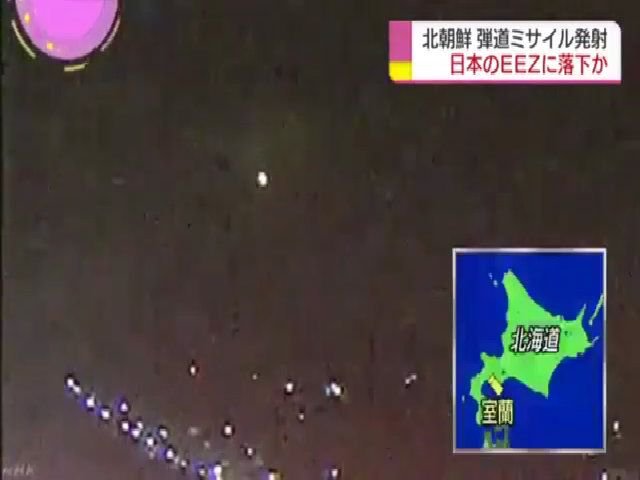
The moment North Korea’s ICBM fell into the Sea of Japan
The object suspected to be a North Korean ICBM warhead fell into the waters off the coast of Japan.
Japanese television station NHK captured images of a bright object crashing down off the coast of Hokkaido province on the night of North Korea’s missile test.
Nuclear warhead
Experts say Pyongyang has put nuclear warheads on short-range ballistic missiles since 2013. This warhead technology can be used on ICBMs like the Hwasong-14.
Most of North Korea’s nuclear missiles have a warhead diameter of about 65 cm, suitable for the first generation warhead developed by Pyongyang.
Missile body frame
David Wright, director of the Global Security Program at the Union of Concerned Scientists (UCS) in the US, said the Hwasong-14 missile appeared to have two propulsion stages.

North Korea uses liquid fuel for Hwasong-14.
Liquid fuel requires a large pumping system and a more cumbersome structure than solid fuel.
Main engine
Images from the tests help experts identify the propellant used in North Korean missiles.
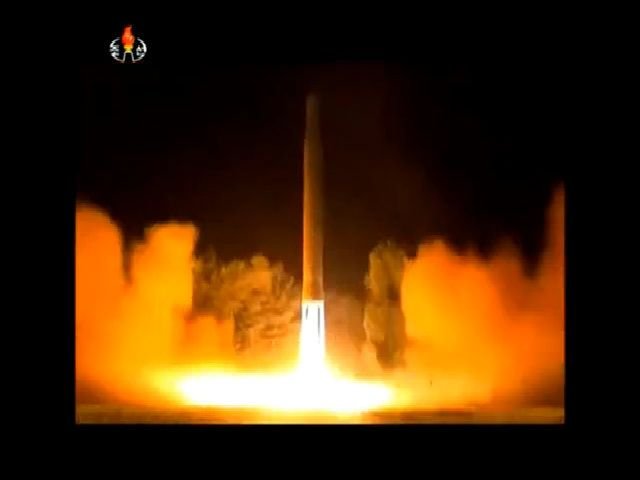
North Korea releases video of ICBM test for the second time
The Hwasong-14 rocket left the launch pad on July 28
However, two Hwasong-14 rocket launches produced yellow smoke, indicating that the fuel had a carbon component, while the exhaust stream was translucent.
`The main engine of this missile is more advanced and effective than anything the West predicts about the North Korean ICBM program,` said expert Schilling.
